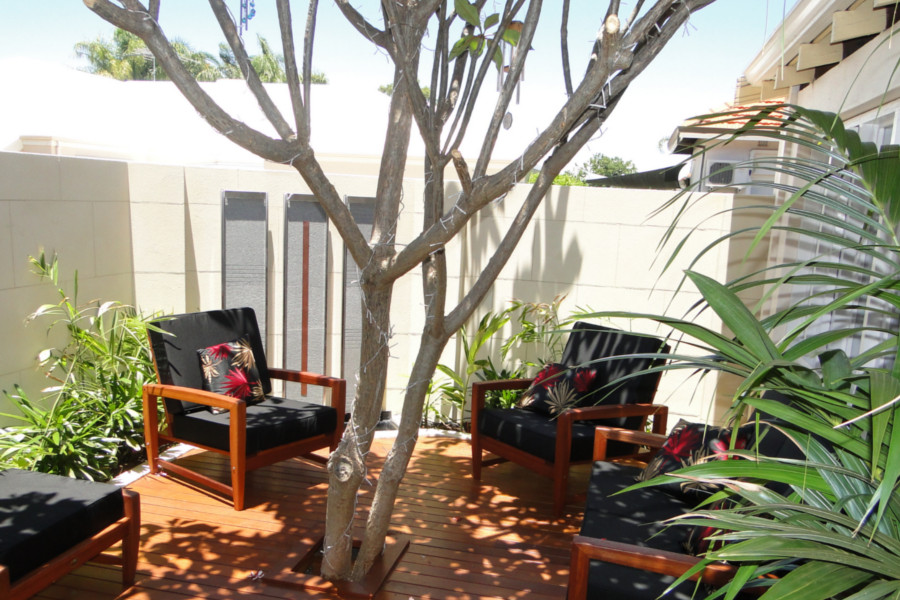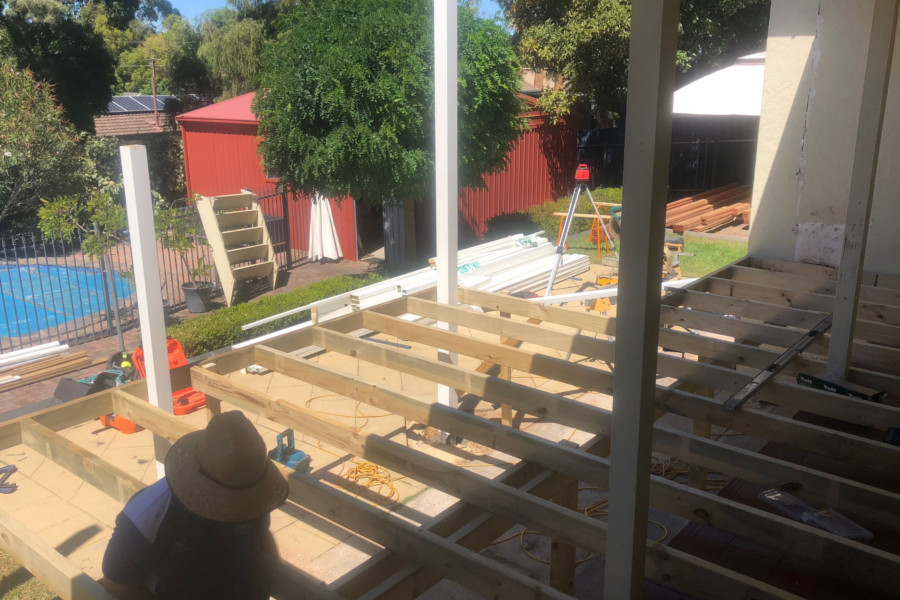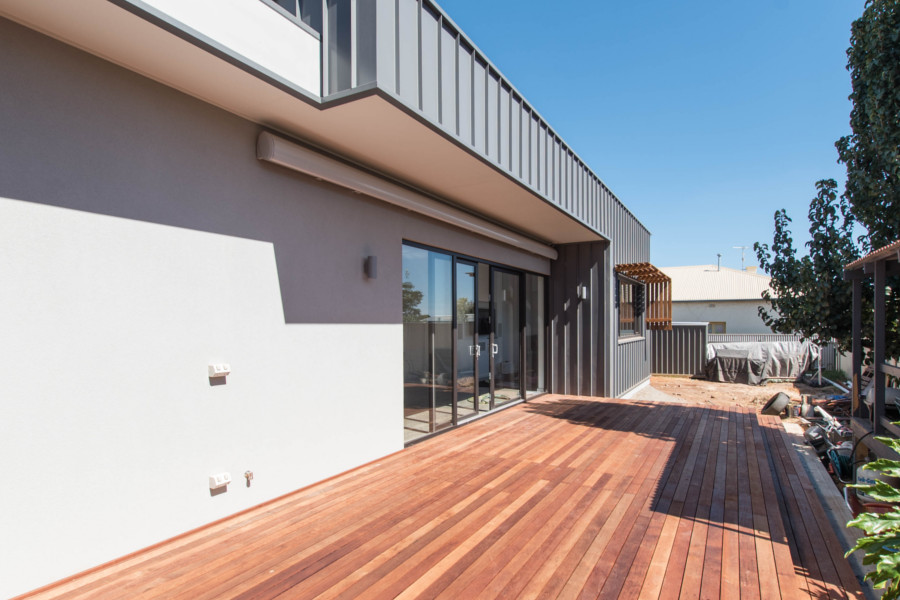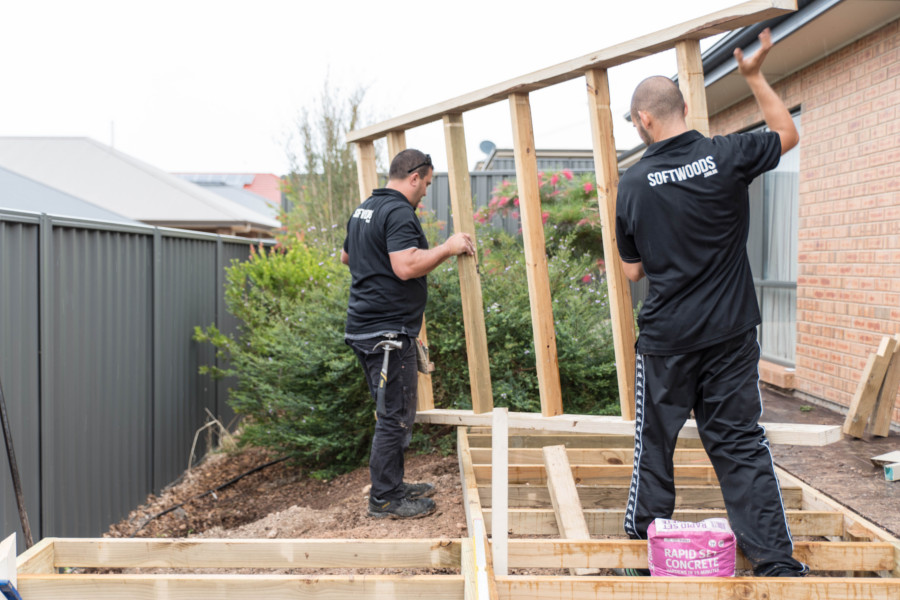
When you enhance your property and build an outdoor living extension, saving the planet is probably the last thing on your mind, if it even comes to mind at all. But whether you intend to or not, building a deck or pergola with timber lets you take care of the environment.
“When you pick up one end of a stick you also pick up the other end,” goes the popular saying which talks about the consequences of choices you make. The idea perfectly applies when you select a material to build your deck with; what you choose has certain consequences for the environment.
It’s not entirely about aesthetics, although visual appeal is quite important and you would not want to pick a material that does not look nice or that does not complement your property’s design. But beyond good looks here are a few other factors you need to consider and why timber may be the best option for you — and for the planet.
Sustainability
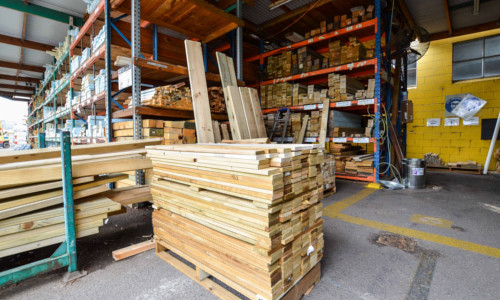
Can you use the material sustainably? Will get all used up in the future if a lot of it is used now? Will using the material not harm the environment? Here are three important guidelines that can help you determine how sustainable your building material is.
- The material comes from renewable or replaceable sources.
- The material can be recycled.
- The material is abundant.
Given these criteria, timber easily trumps concrete and steel, which clearly are not renewable although they may yet be abundant at this point. Concrete is also not recyclable. From a sustainability perspective, it would appear that timber is the best choice.
Source
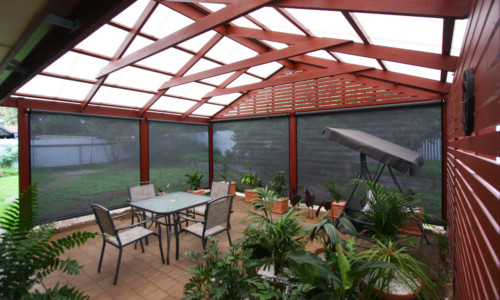
It’s important to consider the source of the material because this significantly influences factors such as access to the supply, availability of the supply and the cost and logistics of transporting the materials over to where you can obtain them. All of these, of course, determine the cost to you of these materials.
Production
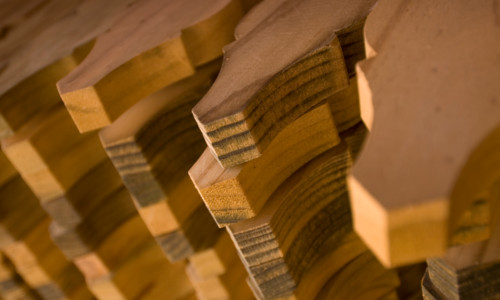
What is the impact of obtaining, processing and producing your building material? Regardless of the material you select — timber, concrete or steel — obtaining them from the source impacts the environment. This impact can be in the form of noise, air or water pollution, chemical emissions especially CO2 and physical damage to the surrounding area at the source.
The thing to consider is which of these materials produces the least impact on the environment during the production process. The raw materials for concrete and steel need to be mined and anyone who has visited a quarry knows how adversely this activity impacts the mined area and its surroundings.
Conversely, anyone who has been to a legitimate timber plantation will agree that these are places of beauty and tranquility. And while the serenity of these plantations may be interrupted when timber is harvested, the beauty returns in a few years after trees are planted and the forest is renewed.
Based on these three factors alone, it is easy to see why timber is our exclusive choice for building decks, pergolas and other outdoor extensions. Not only does it look great, but it also does a lot of good for our planet. Each deck and pergola we build for our customers, each paling fence we put up, each patio, gazebo and al fresco we construct all add up to sustaining our planet and keeping it healthy for generations to come.

